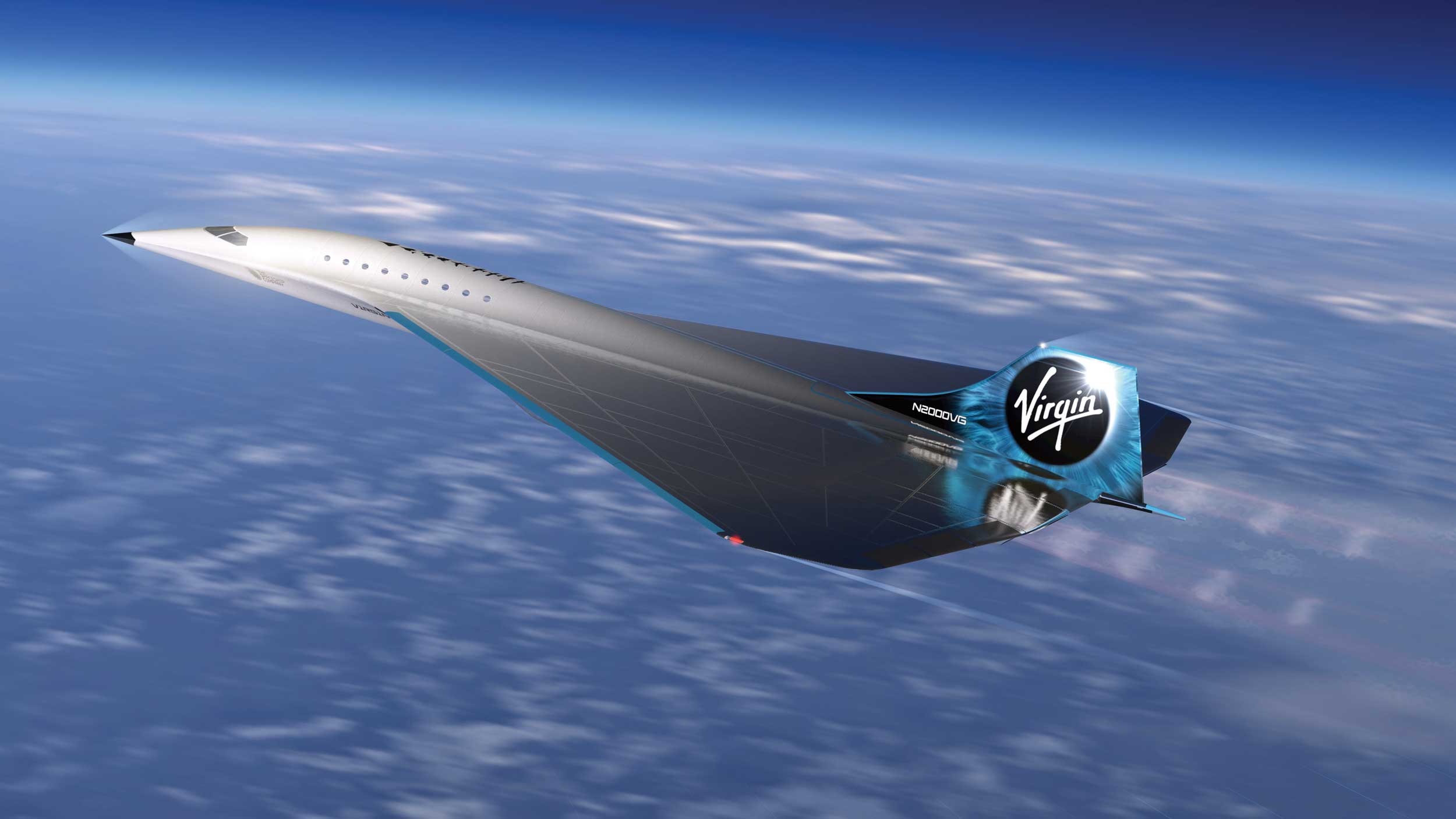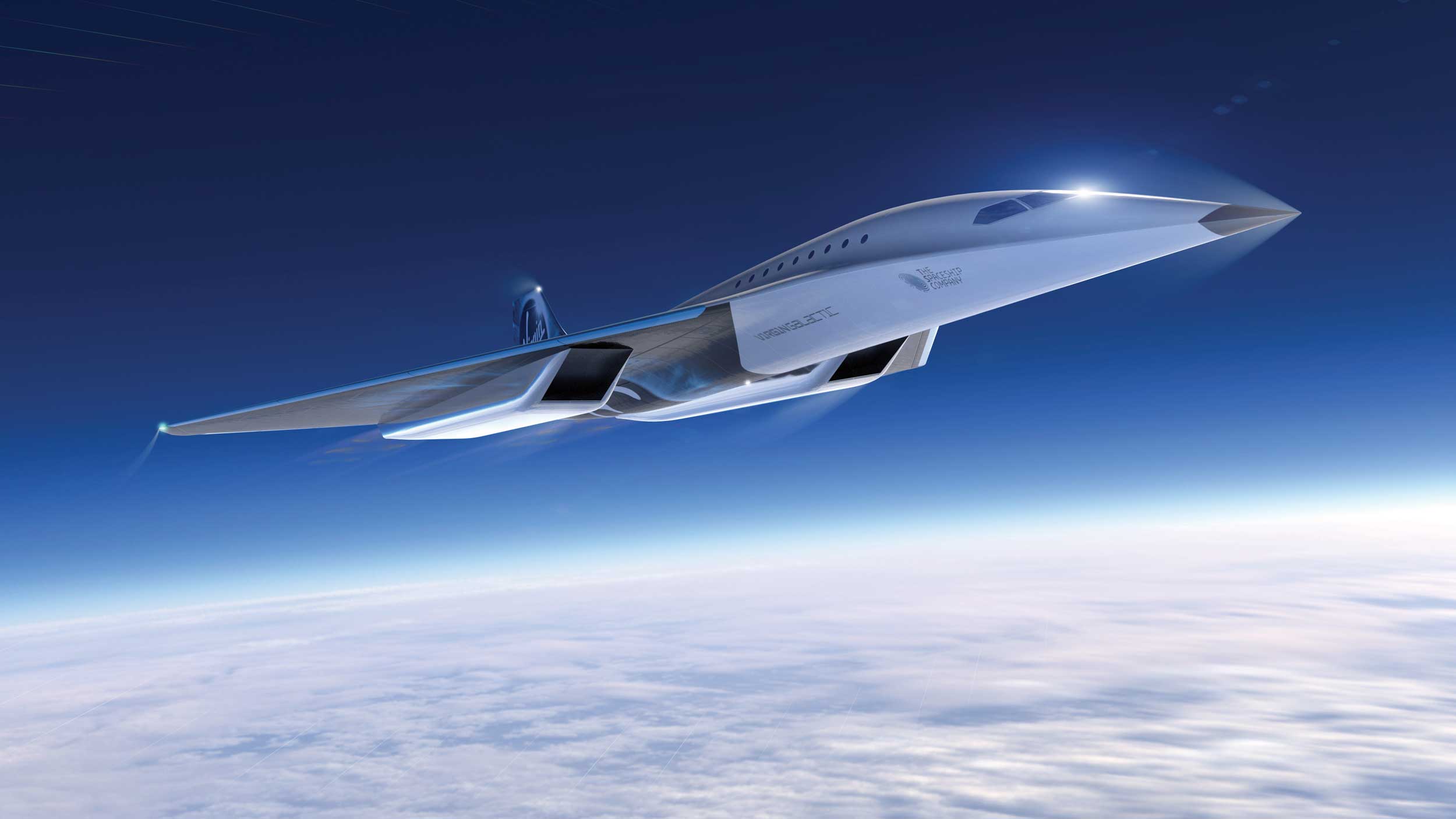 Virgin Galactic is to develop a supersonic airliner with a cruise speed of Mach 3. If it goes ahead, it would be a successor to Concorde which went out of service in 2003.
Virgin Galactic is to develop a supersonic airliner with a cruise speed of Mach 3. If it goes ahead, it would be a successor to Concorde which went out of service in 2003.
Virgin Galactic recently completed a Mission Concept Review and received authorisation from the Federal Aviation Administration’s (FAA) Center for Emerging Concepts and Innovation to outline a certification framework.
George Whitesides, Chief Space Officer, Virgin Galactic said, “We are excited to complete the Mission Concept Review and unveil this initial design concept of a high speed aircraft, which we envision as blending safe and reliable commercial travel with an unrivalled customer experience.
“We are pleased to collaborate with the innovative team at Rolls-Royce as we strive to develop sustainable, cutting-edge propulsion systems for the aircraft, and we are pleased to be working with the FAA to ensure our designs can make a practical impact from the start. We have made great progress so far, and we look forward to opening up a new frontier in high speed travel.”

The Mission Concept Review, which included representatives from NASA, is an important programme milestone. The Virgin Galactic high speed team confirmed that, based on the research and analysis work completed, its design concept can meet the high-level requirements and objectives of the mission.
The basic parameters of the initial high speed aircraft design include a targeted Mach 3 certified delta-wing aircraft that would have capacity for 9 to 19 people at an altitude above 60,000 feet and would also be able to incorporate custom cabin layouts to address customer needs. The team will work to address key challenges in thermal management, maintenance, noise, emissions, and economics that routine high speed commercial flights would entail. The aircraft design also aims to help lead the way toward use of state-of-the-art sustainable aviation fuel.
Virgin Galactic sees various operational scenarios, including service for passengers on long-distance commercial aviation routes. The aircraft would take off and land like any other passenger aircraft and be expected to integrate into existing airport infrastructure and international airspace around the world.